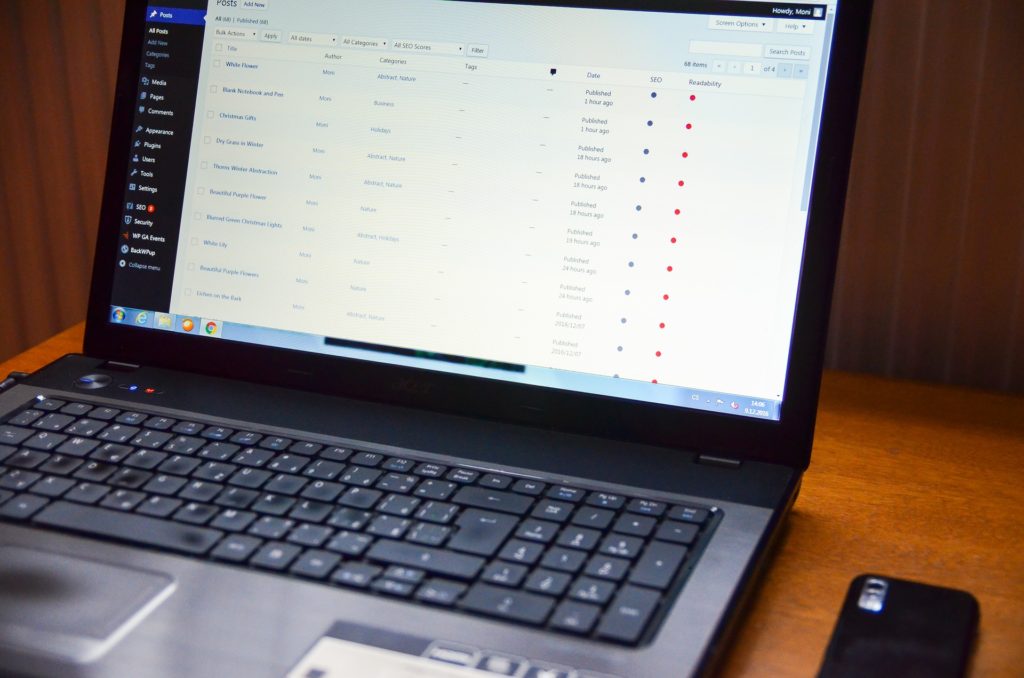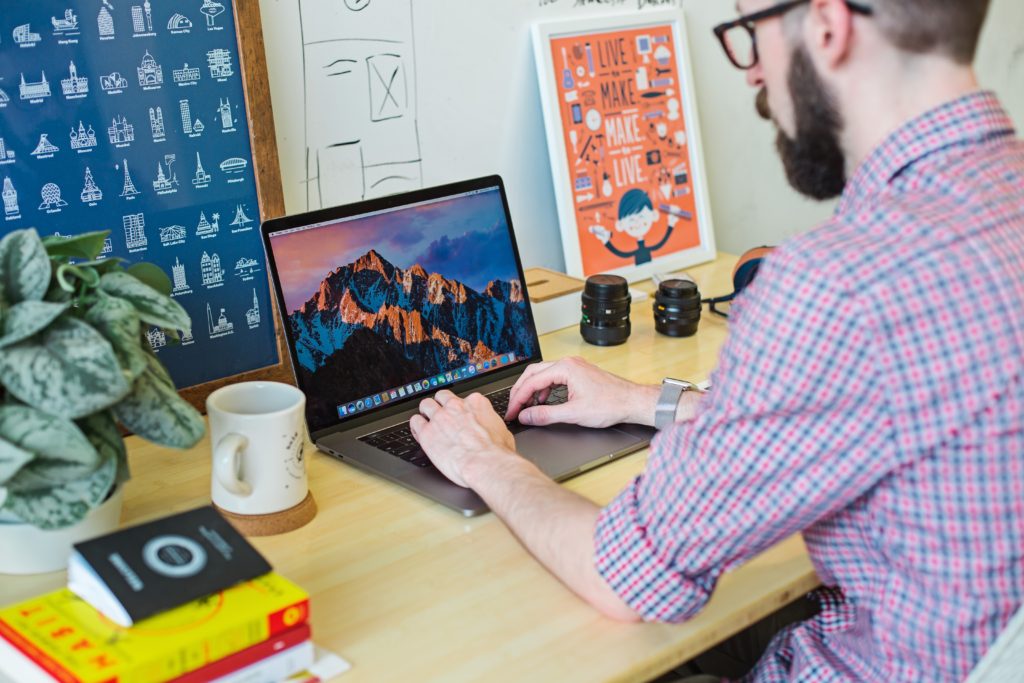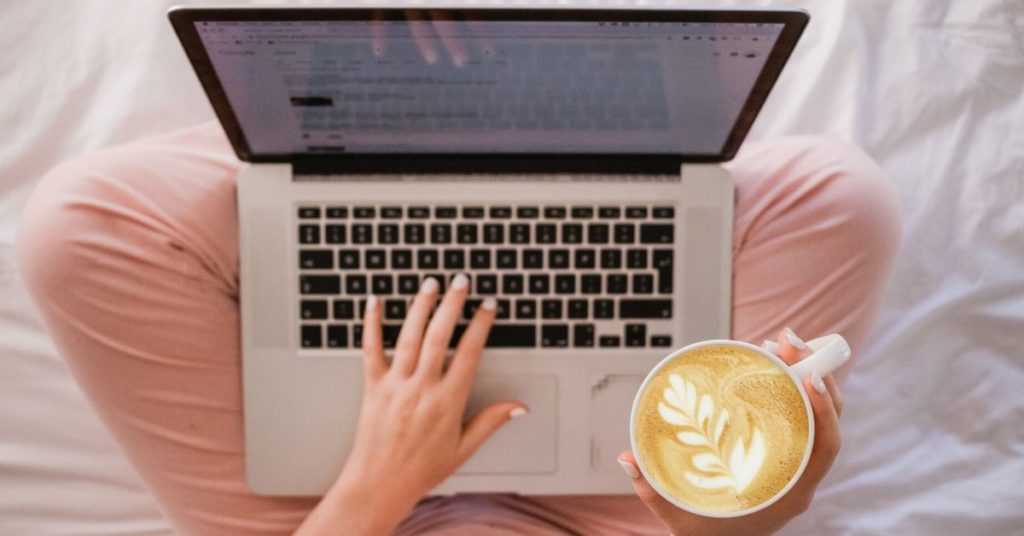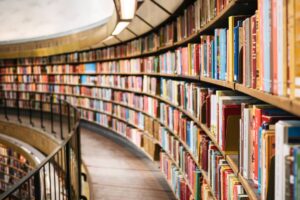SEO tips and tricks for optimising websites for art business
Art is about passion, creativity and making something beautiful to share with the world.
If you’re an artist looking to make a big impression, it’s essential for you to have a fantastic website that encapsulates your work elegantly, but also works with search engines so that it can be found by as many people as possible.
We’ve created this guide to creating and optimising art websites to help budding artists and entrepreneurs to build an attractive online showroom.
Below you will find the best tips and tricks for artists who want to create an exceptional website that ranks well and brings in the admirers.
Top tips for optimising website for search engine
Art website search engine optimisation can be a little more difficult in comparison to other sites due to the image-heavy nature of the industry.
The problem is, if your images are huge files, devices or poor signal areas may struggle to load your pages as quickly.
An increased page load speed is incredibly off-putting to internet users so when optimizing art websites it’s essential to get your page load speed down.

According to a survey by Kissmetrics, 47% of website users expect a web page to load in 2 seconds or less, and 40% of visitors will leave the website if the loading process takes more than just 3 seconds!*
Fortunately, there are things that you can do to optimise your images and pages to decrease page load time and make them even more searchable.

Optimising art website copy for search engines
The optimization of images on artist sites is incredibly important, but this doesn’t make the optimization of your web copy any less essential.
Keyword research & strategy
To optimise your art web copy for search engines, you must develop a key word strategy that includes words and phrases that the people who may be interested in searching for or buying your art work will be using.
This could include keywords that are based on certain interior design styles, personality types or hobbies.
A great way to get an overview of what your audience is searching for is by using useful online SEO tools such as AnswerThePublic.
All you need to do is type in what you would like questions for, e.g. natural art, and the tool will provide you with the questions that your audience is searching for. Easy!
However, to create a more thorough strategy, you need to start drilling into keyword statistics with tools like SEMRush.
Here you can identify keywords and phrases that have a good search volume, as well as analyze competition levels for that phrase.
Keyword positioning
When you have identified the keywords and phrases that you want to target, you can create a keyword map that pairs all of your chosen phrases with the web pages on your site.
You can optimise your art website with multiple keywords per page, or create specific pages to target certain keywords.
All that you’ve got to remember is that your web copy needs to include the keyword(s), but be as natural and useful as possible.
Putting too many keywords into a page can be damaging, so if you’ve used the same phrases too much, try using some similes!
Search engines are able to identify phrases with the same meaning, so don’t be afraid to think outside of the box when it comes to adaptations.
To help you out with the best places to position your keywords, please see the keyword positioning checklist below…
Keyword positioning checklist:
- H1 Title (heading)
- H2 Title (subheading)
- First sentence/ paragraph
- Main body of copy (3+ times)
- Meta title (search engine title)
- Meta description (search engine description)
- Image titles
- Image alt text
- Image description
- Slug (link address)
Quality web copy is an art within itself!
Creating a piece of web copy that inspires people to make a purchase is an art! So, who better to embark upon this than an artist?
Web copy needs to be clear and a good standard of quality whilst still remaining engaging for the reader.
This means valid, up to date information and short sentences that are easy for web users to digest.
Search engines can spot a web-wolf in sheep’s clothing from a mile away so don’t try to scrimp on the details instead of sharing some useful insight about your work, the location of your piece, your inspirations or the history of that style of work.
You should NEVER sacrifice quality of readability for the sake of keyword stuffing! Search engines can punish you for this.
If you plan well and put as much care and attention into your web copy as you do your art, you will undoubtedly see the benefits in your rank when optimising art websites!
Optimising websites with art and images
There are many different ways that you can optimise an image for search engines.
Before you get started, you need to consider the page that your images will sit on:
- What is the keyword for the text on your image page?
- How can you include that keyword in your image optimisation?
- How can you specifically optimise your image for another, more specific keyword simultaneously?
- How big is my image?
- How many images will be on my page?
Answering these basic questions will help you to define a plan for optimising your image, but if you’re not sure how to achieve this then you can follow our simple instructions below:
How to optimise art website images
Shrink all of your images as much as possible!
Images increase page load time, which slows both your site and your users down which can lose you potential sales!
There are many easy to use online tools that you can use to shrink images, such as Tiny PNG.
All you need to do is feed your images into the website, where it will shrink them for you.
The online image shrinking tool will create a smaller image file for you to download and use on your website.
Choose your image names wisely
This might seem obvious, but it’s important. You need to create a name for each one of your images that includes the keyword that you want to optimise it for and the keyword for your selected web page for maximum results.
For example, if you’re a nature artist with a painting of a forest to share or sell, you will want to name your image something related to forests, the colour green and the keyword for your page:
“Green trees forest painting by local artist from near you”
This is a great example if green trees forest painting are your keywords for the image and your name and location are the keywords for the page.
Optimising art website images
When you upload images to your website, you will need to go into each file and use your predetermined image name plus any additional relevant image details to complete the following:
- Your image title
- Your image description
- Your image link
- Your image alt text
This ensures that search engines can read your image and define what it is more thoroughly.
Technology is advancing but some computers still struggle to read the content within an image, therefore, we need to help them out by completing a little bit of website admin.

Backlink to the best
Linking and backlinking is another essential SEO practice that helps search engines to establish how relevant you are to a search term.
Linking your images and copy to sites that are an authority in the art world can have a positive impact if used effectively.
By linking your site to relevant, official pieces of information, you are showing search engines that you are doing your research and getting information from the best sources, meaning that your content is valid and up to date.
Art website link suggestions
- Arts Council England
- Australia Council for the Arts
- US National Council for the Arts
- Famous galleries e.g. Le Louvre
- Famous arts schools e.g. Nothern School of Art
- Arts charities
In an ideal world, these authorities would be more than willing to provide you with a link from their website to yours to solidify your bond. (These links can be considered gold dust in the SEO world!)
However, most mere mortals need to be a little more tactical to be able to earn a link of this magnitude, therefore, an easier place to start would be by posting links for your website onto other relevant websites including social media platforms, local or specialist directories and image stock sites.
Easy backlinks for artist SEO
- Pixabay*
- Pexels*
- Shutterstock*
- Flickr*
- Tumblr*
- Google+
- Relevant groups
- Relevant #’s
Doing this will create a stronger association between your website to your target audience, which is also recognised by search engine algorithms.
Building trust with search engines
Search engines need to have a way to determine which web page is the best place to send web users to for them to get the products, services or information that they require.
There are several factors that search engines use to define how trustworthy you are, this varies depending on which industries you target with your artwork, but could include:
- Google reviews
- Trust pilot scores*
- Trip advisor ratings
- eBay / Amazon seller ratings
- Number of returning visitors
- Social media following*
If you have lots of five-star reviews and a high amount of returning visitors to your art website, then search engines will automatically consider you to be a more reliable source of information or have better products than those without a good rating – Afterall, the opinion of your customers and web users do count!
To get started gathering reviews, we suggest that you contact customers who you know have been pleased with your work and direct them towards your review page.
When you have gathered a good amount of positive feedback, you can then begin asking for reviews every time you complete a new piece of work.
Securing 10-20 excellent rated reviews before extending your invitation to others will prevent your overall “trust score” from being affected by one unexpected bad piece of feedback, as you will be able to average out the occasional negative score and fix any problems before more back feedback can accumulate.
To ensure that your customers keep coming back, make sure that you create insightful content and updates for your website regularly.
You can also share it across your social media platforms to build a consistent audience with a genuine interest in your work.
The more returning visitors you get, the more insightful you are considered, so keep them coming back if you want to win the top place on search results.

SEO summary: Optimising websites for your art shop
Search engine optimisation is an art that anyone with a creative mindset can turn into a useful skill to help them to grow and develop their online presence, as well as their business.
The artist’s advantage is that your passion and involvement in your work is an amazing foundation for putting a project like this into practice.
We hope that you have enjoyed our top tips on how to optimise your art website and we wish you the best of luck in your future business expansion!
You never know, one day, your online gallery could become a tangible space for you to share with the art community, but until then, below you can find a little summary on the above to help you get started. Thanks for reading!
Artist SEO Summary:
- Do some keyword research
- Optimise your copy
- Optimise your images
- Link to authoritative pieces of information
- Get links back to your website from relevant resources
- Built trust with search engines
- Share on social
If you have any questions, or need any advice, please don’t hesitate to get in touch with our friendly team.



